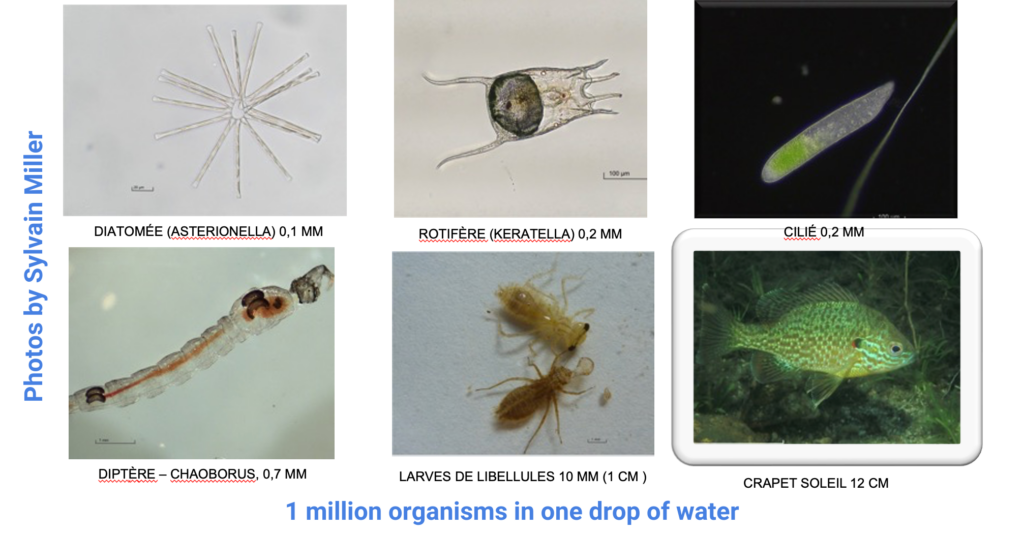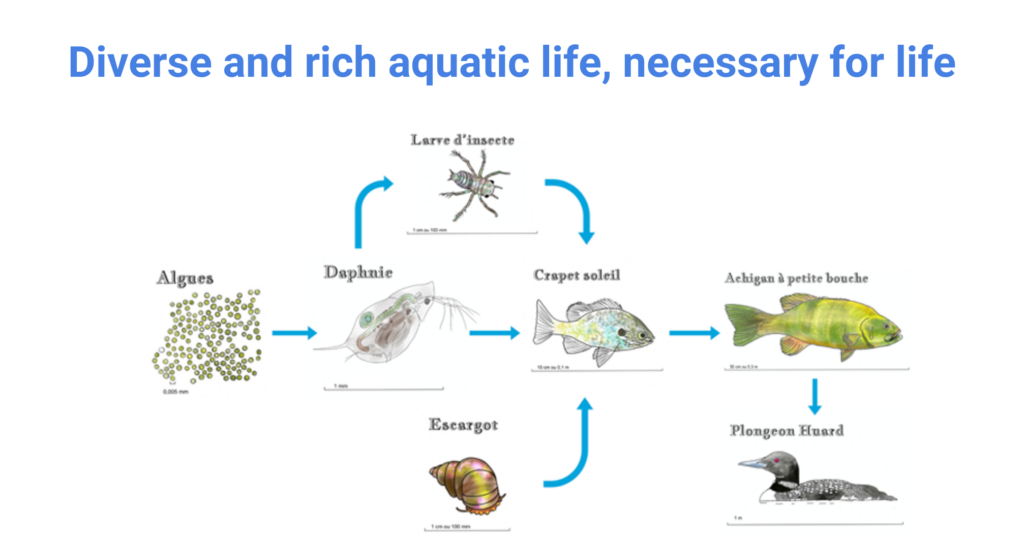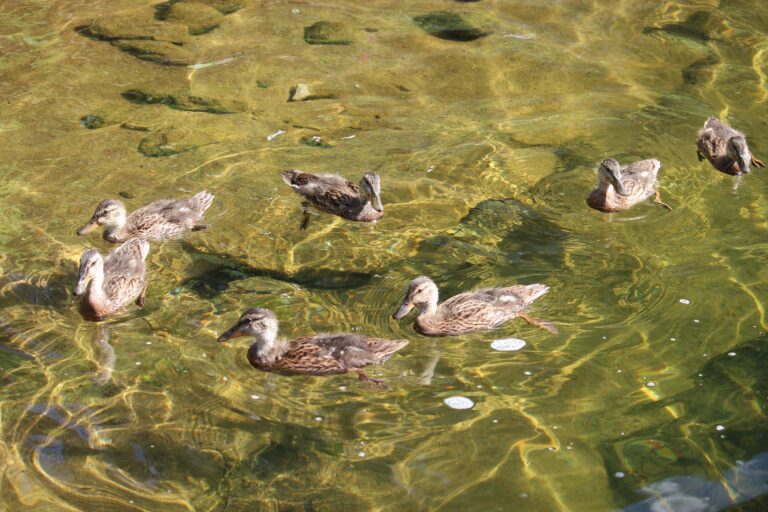Is your organization interested in reducing the impacts of boats on water bodies? A Canada-wide group, the Coalition for Responsible and Sustainable Navigation (Coalition Navigation), recently asked OLW to share its perspective and resources with the Network. Below is the Coalition’s story, prepared by Denise Cloutier (B.B.A., M.Env.):
The Issue in a Nutshell:
Do you love boating? Are you familiar with the impact your boat has on aquatic life?
More and more motorboat and water sports enthusiasts enjoy water experiences. These include people seeking huge waves in order to wakesurf without actually being attached to a boat.
Unfortunately, many waker surfers and motorboat users perceive water bodies as being limitless playgrounds – a bit like asphalt – to the effect that their water sports don’t have an impact on aquatic ecosystems. These same power boaters may also swim and fish on these same water bodies.
The results are an increasing number of conflicts between recreational water users and waterfront residents. Many of these residents want to protect the aquatic ecosystem bordering their dwelling yet they often helplessly experience their paradise degenerating before their eyes. This occurs when the water body does not have the ecological capacity to accommodate motorboats generating powerful waves and/or large numbers of motorboats.
Aquatic life, mostly invisible to boaters, is rich in microorganisms at the base of the food chain. It supports larger organisms such as insects, fish and waterfowl. This biodiversity is especially present along a water body’s banks and shorelines. Aquatic life is significantly affected by pleasure boating. As recreational boating entails growing numbers of powerful boats, the negative impacts on biodiversity intensify.


Consequently the cravings for power boat rides, wakeboarding, tubing or wakesurfing require that motorboat operators are aware of the unwanted impacts on water bodies. This means that one must respect certain basic rules established byscientific studies.
The Coalition for Responsible and Sustainable Navigation (Coalition Navigation) aims to protect Canada’s water bodies from the major environmental impacts that increasingly powerful boats can cause. It has developed an awareness campaign and a best practices guide to ensure that boaters respect five clear and concise guidelines:
- Enjoy boating and protect biodiversity
- Enjoy boating and protect the ecosystem
- Enjoy boating and reduce erosion
- Enjoy boating and respect local residents
- Enjoy boating and maintain clear water
The campaign takes a deep dive into these issues, describing causes and suggesting solutions or desirable behaviors that help protect aquatic life in water bodies.
The Coalition Navigation‘s mission is to ensure that motorboat activity does not exceed the environmental tolerance of water bodies. The Coalition aims to raise awareness amongst boaters and improve legislative standards based on scientific bathymetric data.
Become a member of the Coalition Navigation and make a donation to support the Coalition’s actions across Canada.
Before getting in your boat and heading out on the water, make sure you are familiar with the water body’s bathymetric map.
Two key rules to follow:
- With a wake/surf boat, stay at least 300 m from the shore in order to avoid bank erosion, which decreases water clarity and increases phosphorus loading, leading in turn to increased aquatic plants and algae;
- With a wake/surf boat, keep to spots that are at least 7 m deep to avoid stirring up bottom sediments, releasing phosphorus into the water column and accelerating eutrophication of the water body.

For more information, visit:
https://coalitionnavigation.ca/
Or email: info@coalitionnavigation.ca
Photo credits : Denise Cloutier and Sylvain Miller (microorganisms).